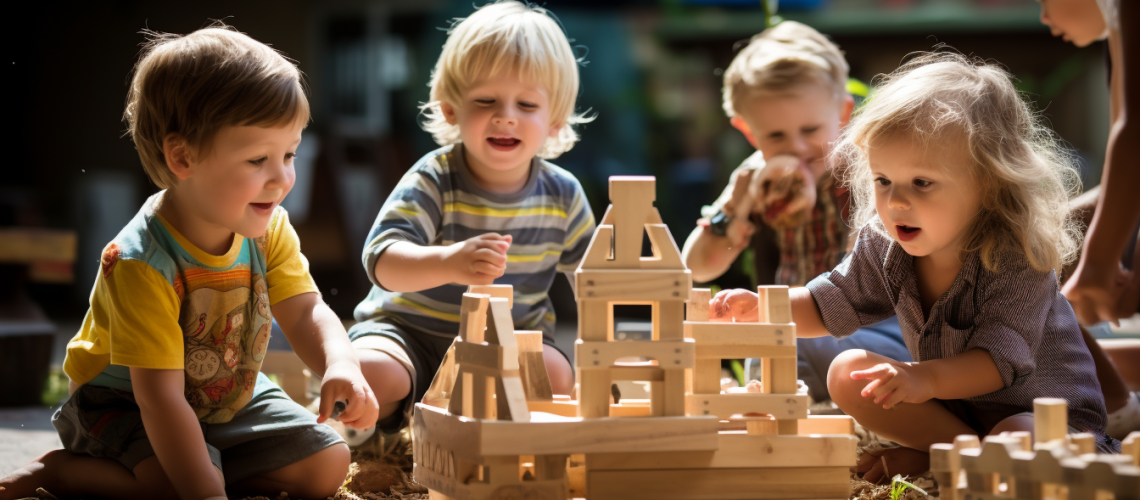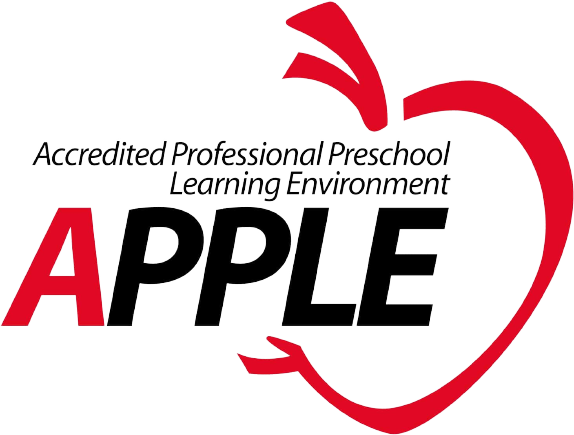Play-Learn-Innovate
Davie Academy
Ignite Your Child’s Potential at Davie Academy: Where Play, Learning, and Innovation Thrive!
Welcome to Davie Academy, a leading educational institution that embraces the power of play in early childhood development. We understand that play is not just a source of enjoyment for children—it is the foundation for cognitive growth, language development, and social interaction. Join us as we delve into what sets Davie Academy apart as a trailblazer in early childhood education.
Discover the Magic of Parallel Play: At Davie Academy, we celebrate the wonders of parallel play. Imagine two young builders side by side, engrossed in constructing their own unique towers. Child A meticulously stacks foam blocks, focusing on colors and patterns. Meanwhile, Child B skillfully combines wood blocks of different sizes. Through this independent play, children develop problem-solving skills, fine motor abilities, and a sense of personal achievement. Our nurturing environment encourages each child’s individual exploration and growth.
Experience the Power of Cooperative Play: Step into our outdoor playground, where cooperative play thrives. Witness three children fully immersed in a pretend house, assuming roles and engaging in imaginative play. They set the table, discuss daily routines, and embody the responsibilities of grown-ups. Through cooperative play, children learn teamwork, communication, and empathy. Davie Academy fosters an environment that nurtures collaboration, allowing children to develop crucial social skills while unleashing their imagination.
Unleash Creativity and Innovation through Play: At Davie Academy, we wholeheartedly believe that play is the cornerstone of learning. Our curriculum integrates STEAM (Science, Technology, Engineering, Arts, and Mathematics) activities into daily schedules. Through hands-on experiences and imaginative play, children explore, experiment, and ignite their creativity. They learn to think critically, problem-solve, and develop essential social skills. At Davie Academy, play is the catalyst for growth and innovation.
Choose Davie Academy for an Exceptional Educational Journey: Selecting the right educational environment for your child is paramount. At Davie Academy, we go above and beyond to create a vibrant school culture that fosters a love for learning and a positive sense of community. Our meticulously maintained facility provides a welcoming and secure space for children to thrive. Our dedicated staff ensures that every child feels valued, supported, and inspired to reach their full potential.
Join the Davie Academy Family Today! Discover the transformative power of play at Davie Academy. Witness firsthand how our innovative approach to early childhood education sets the stage for lifelong success. We invite you to visit our campus and explore the dynamic learning environment we offer. Let’s unlock your child’s potential through the power of play, learning, and innovation at Davie Academy.
Contact us now to schedule a personal tour and embark on an extraordinary educational journey!
Davie Academy: Play, Learn, Innovate for a Bright Future.



